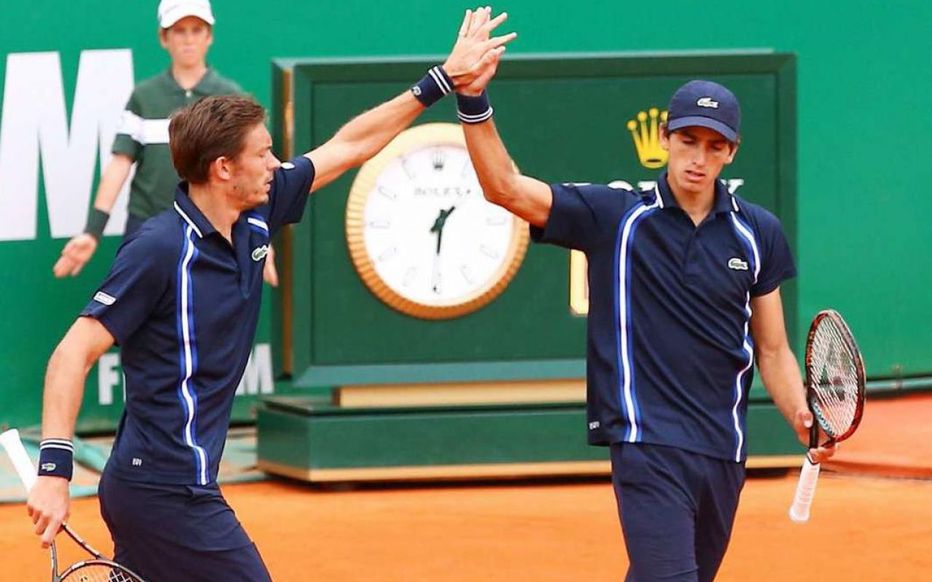
BORIS VALLEJO
'The best moments are the most difficult ones. Every big performance is made by having dreams and by ‘surviving’ through doubts'.
His athletes have won the US Open, Wimbledon, Roland-Garros, The Australian Open, ATP tour Finals and the Davis Cup. Boris Vallejo, 46 years old, French National coach at the French Tennis Federation.

Tell us about you and why you chose this career path?
I grew up in a small village up on the mountains behind Nice, in the south of France. That is where I was first exposed to tennis, which to me, was an instant revelation. At eight years old I discovered a way to express myself fully. Tennis in France was booming after Yannick Noah’s win at the 1983 Roland-Garros. Tennis became more and more important to me and I spent most of my free time playing and competing.
As a player, I dedicated all my energy and passion to the game. My goal was to become one of the top players, but I never reached it.In the process, I was never impressed by what coaches were teaching me. It was costly for a modest family, so I decided to coach myself when I was about 16 years old.
My best tennis friend, Oskar, was the son of a world-class physical trainer in Monaco. Jacek Choynowski invited me to train under his precise expertise and his intense work ethic. That was what I needed and Mr Choynowski opened up my curiosity for all aspects of training. I started to read extensively about sports science, nutrition, sport psychology and all aspects of what can enable performance at the highest level. Later on, I was coach by Michael Wayman, and as a coach, I follow his exigence and philosophy to this day.
Coaching was a part of my life from an early age: teaching children’s groups when I was 16 to earn extra money for tournaments, talking about stroke technique with friends and spending time watching pro-players practising.
Helping players improve was a concern of mine even before it became my professional activity, but I’ve known since 15 that coaching was the next chapter. I had a clear vision of what I wanted to achieve.
For the past 20 years I have been coaching professionals.
How important is flexibility and self-care for an elite tennis player? How much time and energy do they spend on stretching and recovery?
These days, an elite tennis player’s career lasts much longer than before. Players over 30-years-old on tour used to be an exception. Today, most play until age 35 or more. Learning how to train specifically for individual needs and recovery is the main reason top players can perform at their best for longer than before. Federer is nearly 40, Nadal 35 and Djokovic 34.
The level of athleticism has improved drastically and is constantly increasing. Muscle flexibility and joint mobility are crucial points. It helps movement on the court, to cover more distance to reach balls and to avoid muscular injuries when stretching on defensive shots.
Usually, elite players take 45 -minutes to an hour to warm up before going onto the court. It consists of cardiovascular time, full-body mobility movements and active stretching.
After practice—not necessarily right after—they do a low-intensity recovery cardio session, most often on a bike (10 to 45 minutes).Passive stretching comes after (20 to 60-minutes). Physiotherapists also prescribe massage or cold therapy, including cold baths. Top players ranking from 1 to 30 all travel with a tennis coach, a physical trainer and a physiotherapist. Players in the top 100 may also, but not always with the whole team.
We dedicate a large part of the physical training to rebalancing the body and total time for flexibility, stretching and massage averages one to two hours a day. For some it can be more than two hours. The older they get, the more time they dedicate to it.
What are the most common injuries? What can tennis players do to avoid them in terms of lifestyle habits?
Injuries are mostly due to overuse of the chain formed by the joint, tendons, muscles and ligaments. The heavy number of repetitions required to execute complex technical movements for hours with the same efficiency pushes the body to its limits. The upper body and the lower body are engaged together in the synergy of creating powerful shots while having to run and find a perfect balance in unstable situations. It causes tendinopathy—tendons wear and inflammation—when the body goes over its capacity without full recovery.
Other injuries are a consequence of the particular aspect of sports in which we throw objects. The closing movements of the serve and forehand can cause the shoulder to move ‘forward’, bringing the humeral head forward. Such situation creates a lack of joint mobility and friction between the bone and tendon.
This is why we focus on prevention by working the opposite muscle to stabilise the shoulder. Muscle tears are also a common injury. Stomach muscles can be damaged while serving. Hamstrings and adductor muscles are also subject to overstretching and overuse.
Both inguinal and disc hernias are on the list too. Avoiding injuries comes from a well-balanced scheduling of the season—the number of competitions define the number of practice weeks, recovery days and recovery periods.
I work in cycles. Training-competitions-recovery. Such a cycle lasts between three and eight weeks. Each part of a cycle is well-planned by prioritising the element(s) to focus on. The very intense sessions are well-scheduled in advance as well as the long sessions.
To maintain year-long physical integrity, players must eat well, hydrate enough, sleep enough, avoid unnecessary stress and be in harmony in their private lives.
Often, players start paying more attention to all of the details after having to recover from an injury. Some understand the importance of doing everything right before. Intelligence has a part to play here.
It is the coach’s job to have a long-term vision. He/she must prepare young athletes to be ready for the heavy work needed to reach the top level. Without doing so from a very young age, future injuries are already settling in. They can emerge ten years later.
It is crucial to build up athletic abilities from a very young age by building up a significant motricity-complex movements control. Later, one must be careful during growth spurts by avoiding heavy physical stress. Also, we ensure young players are strong enough to handle fast stroke repetitions.
To last long, we must do things right from the beginning.
Do you overview the diet of your athletes? Is there anything else that you make sure they consume to keep their body in a good recovery state?
After 30 years of studies on the matter, I definitely advise my players. I do it in collaboration with the Federation’s medical centre. We regularly do biological tests.
Tennis is a very demanding sport and nutrition is adjusted by knowing the specific needs of the player. Enough carbohydrate is important for rebuilding the glycogen stocks in the muscle. We must take the right essential amino acids at the right moments. And thirdly, antioxidants are essential.
A well-balanced diet should cover all the body’s needs. Enough fruits, vegetables, and protein, being careful with eating enough essential fatty acids such as omega 3, which are often deficient in today’s diet, and regularly checking iron levels is important in our sport and positively impact neurotransmitters. ‘Iron affects synthesis and signalling of the neurotransmitter’s dopamine, noradrenaline, adrenaline and 5-hydroxytryptamine, they are involved in emotion, attention, reward, movement, and various other functions’.
Nutrients from food are often absorbed better than those from supplements; however, supplements can be needed too. More and more players reduce or avoid gluten and dairy products. For some it is beneficial; they digest better and feel better.
What are the essential supplements for a tennis player?
- Carbohydrate powder drinks for training and matches to ensure that players don’t consume all of their glycogen. If so, performance will suffer, and muscle fibres can be recruited as energy.
- Recovery drinks—powder with carbs, protein, vitamins and minerals—right after a long training session and after matches.
- Omega-3, magnesium, zinc, vitamin D, if needed.
- Protein powder when travelling in countries where it’s difficult to find good quality food.
What makes a difference in the longevity of a tennis players’ career at an elite level?
Following a process and having a long-term plan. Career longevity can only be reached with high expectations. The day a top player doesn’t work on improving, he won’t stay at the top for long. High expectations make the acceptance of the work and lifestyle something normal. Not being able to fully commit to all of the training to become better and better is the beginning of the end. And then, pain and injuries come more often. This creates a fear of injury and the balance between the work done and expectations no longer adds up.
Longevity requires a mental process as well as attentive care of one’s body. It means training and recovering, on repeat. Staying on the positive edge of the limit without damaging the body and doing the right things at the right times. The players must organise their lives to perform at best. They must allow time for muscle and tendon to recover; they take a lot longer than muscles. Every improvement has to happen in its time; skipping steps will eventually lead to injuries.
Do you notice the decrease of collagen in ageing players? And the inability of their joints to recover and keep their elasticity?
Joint pain is more common in older players, who can develop arthritis due to overused joints. Unfortunately, the condition worsens when they take a day off, as the pain increases when they’re not doing anything, so days off are never fully days off.
Regarding the decrease of collagen in tennis players, there aren’t any scientific studies published, to my knowledge, but collagen peptides are used in many sports such as CrossFit. In the near future we will probably talk even more about collagen and know better about protocols to use.
The best moment(s) of your career?
The best moments are the most difficult ones we go through. Every big performance is made by having dreams and by ‘surviving’ through doubts.
As a coach, finding ways for your athletes to face difficult moments is what we work for. When everything goes well, it is easy.
Nicolas Mahut lost in an epic five-sets (70-68 in the 5th) over a 3-day match lasting 11 hours in Wimbledon against John Isner. This was at the end of June 2010. I started to coach Nico in November 2009. After a shoulder injury, he was unsure about playing again. His ranking dropped to about 220. His love for tennis was too strong to quit. He was 28 years old and trained with the energy of a teenager. His first tournaments weren’t good at all, but we kept on doing the job of rebuilding the top-40 player he was before. He arrived in Wimbledon in perfect physical condition with some decent previous matches behind him. He qualified by winning very close matches. The duel Mahut-Isner became the longest tennis match ever played.

For three consecutive days he told us he would win that match. Nothing could stop him. He reached so deep in himself to keep on fighting that he pushed his limits way beyond what he could have had imagined before, but he lost. He was devastated. After the match, I felt his pain and it was horrible.
The following months were very difficult. He believed he had lost the match of his life. I told him ‘you’re 28, the best of your career is in front of you’. It took him six months to fully believe it, but he did win four ATP events with victories over Andy Murray and Stan Wawrinka.
In doubles, with Pierre-Hugues Herbert that I coached as well, they won the US open, Wimbledon, Roland Garros, The Australian Open, the ATP tour Finals, the Davis Cup: they were number one in the world.
Winning a Slam is the grail for a tennis player; it was a dream for Nicolas Mahut. We reached the win at the US Open after they had to save a match point on the second round. In doubles, with Pierre-Hugues Herbert that I coached as well, they won the US open, Wimbledon, Roland Garros, The Australian Open, the ATP tour Finals, the Davis Cup: they were number one in the world. They were invincible.
Big wins in big events are what we live for but helping young players is also gratifying, even when they win an event with almost no spectators, but I feel that they are on the right track. I know that in the near future they will be confronting the best ones.
This is the work before the show, where everything is taking place.
Is there anything else you would like to share about your teaching or training philosophy? Or anything else that would be important for an audience who might not be familiar with tennis.
Coaching athletes has to be a methodical process, but each individual has to be understood in their own motricity, their own psychology. This is what makes the relationships between athletes interesting. There is a way to coach for each of them and not a method to apply for all. It is diverse and demands observation before bringing technical changes. A coach must lead the athlete to their own limits, this is an ethical approach. The integrity comes first.
Tennis is a fascinating sport. It requires extremely complex technical skills coupled with rich athletic abilities. Feeling your opponent’s mindset is key. It’s a boxing match with a net in between the opponents. When in total control of his own skills, a player can feel the game perfectly.
Go play tennis or any other sport, life is movement, movement is life!
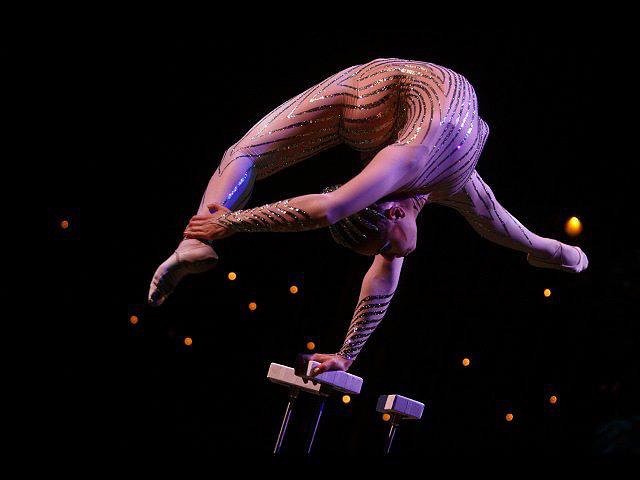
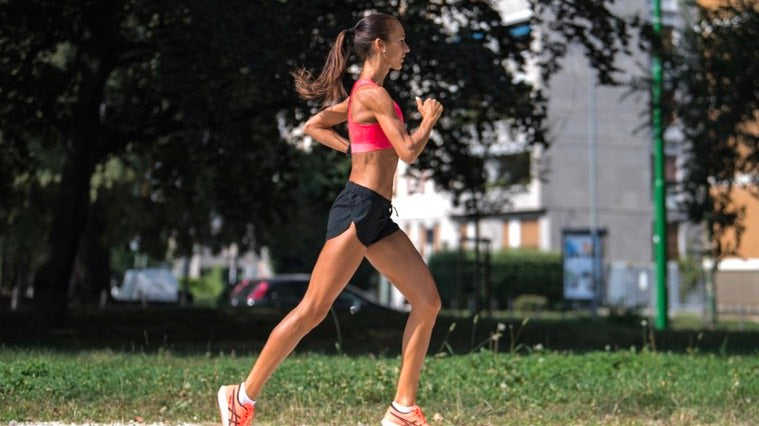
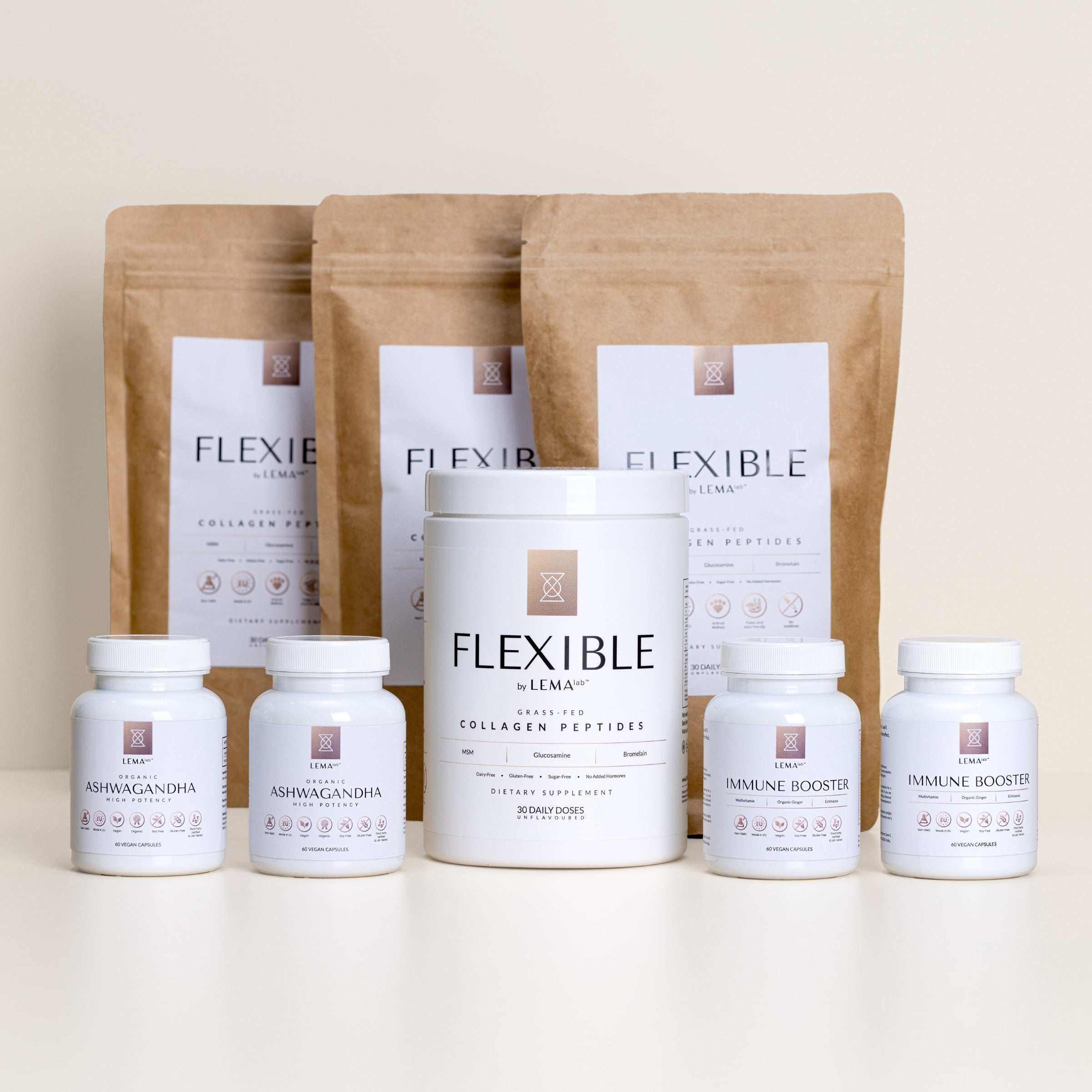
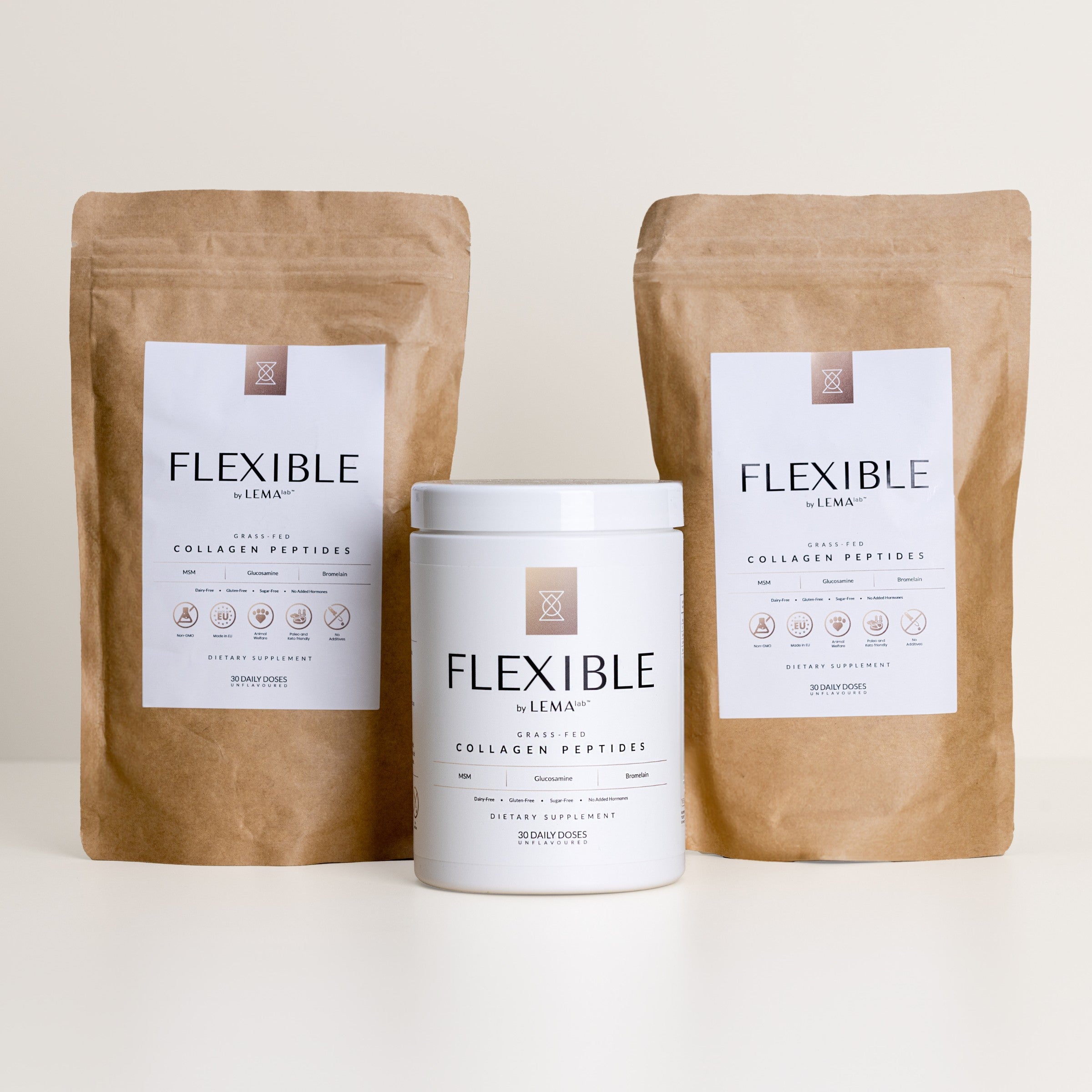
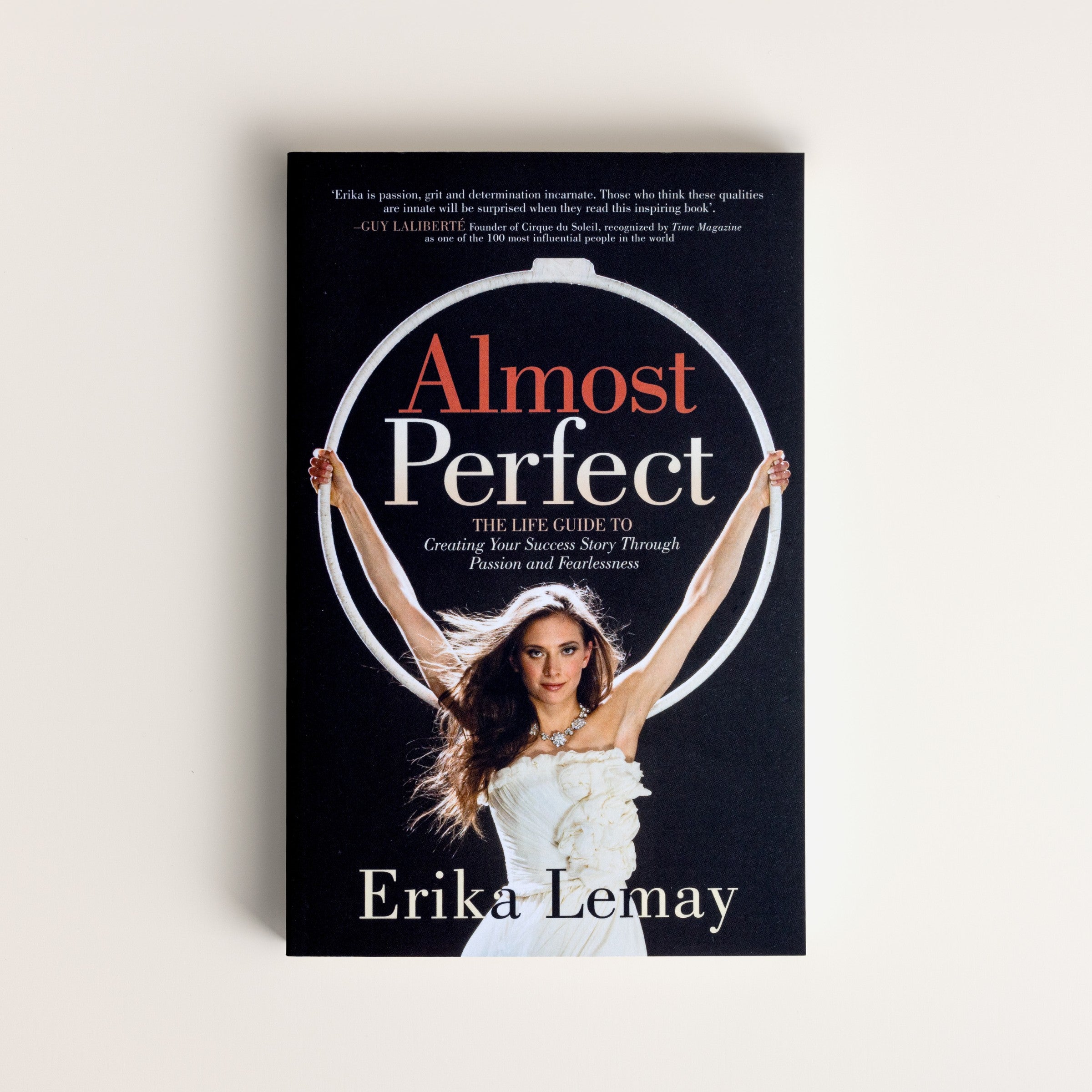
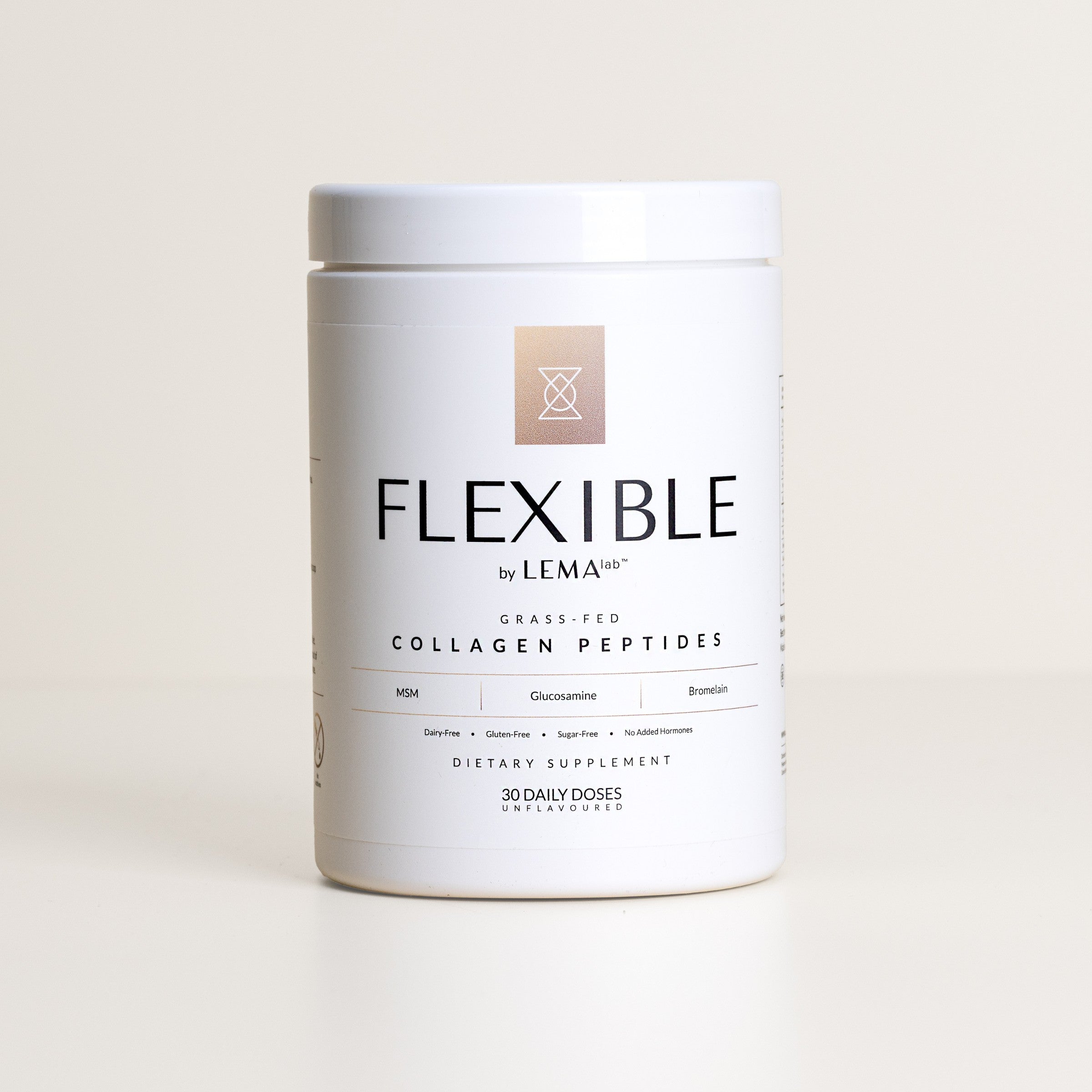
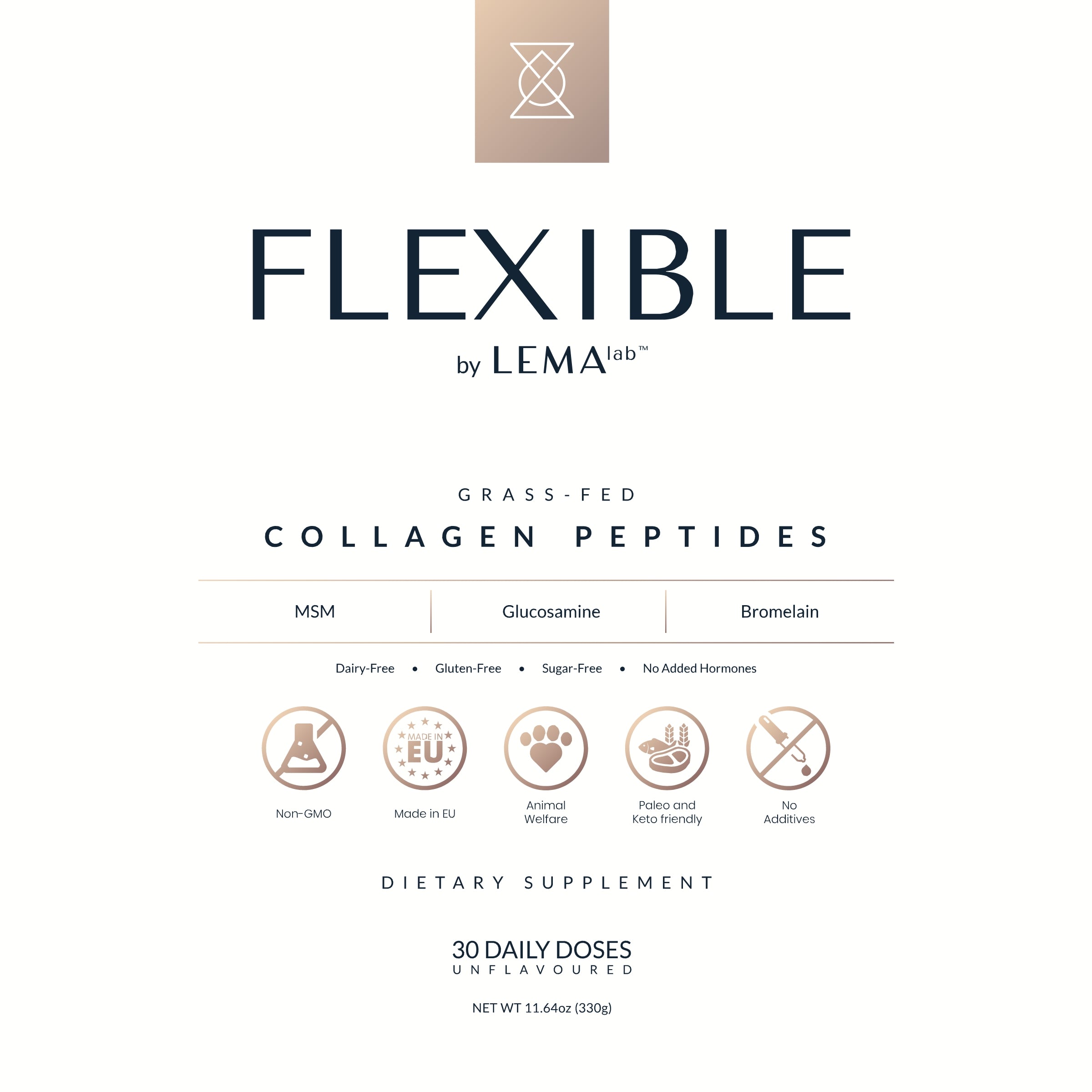
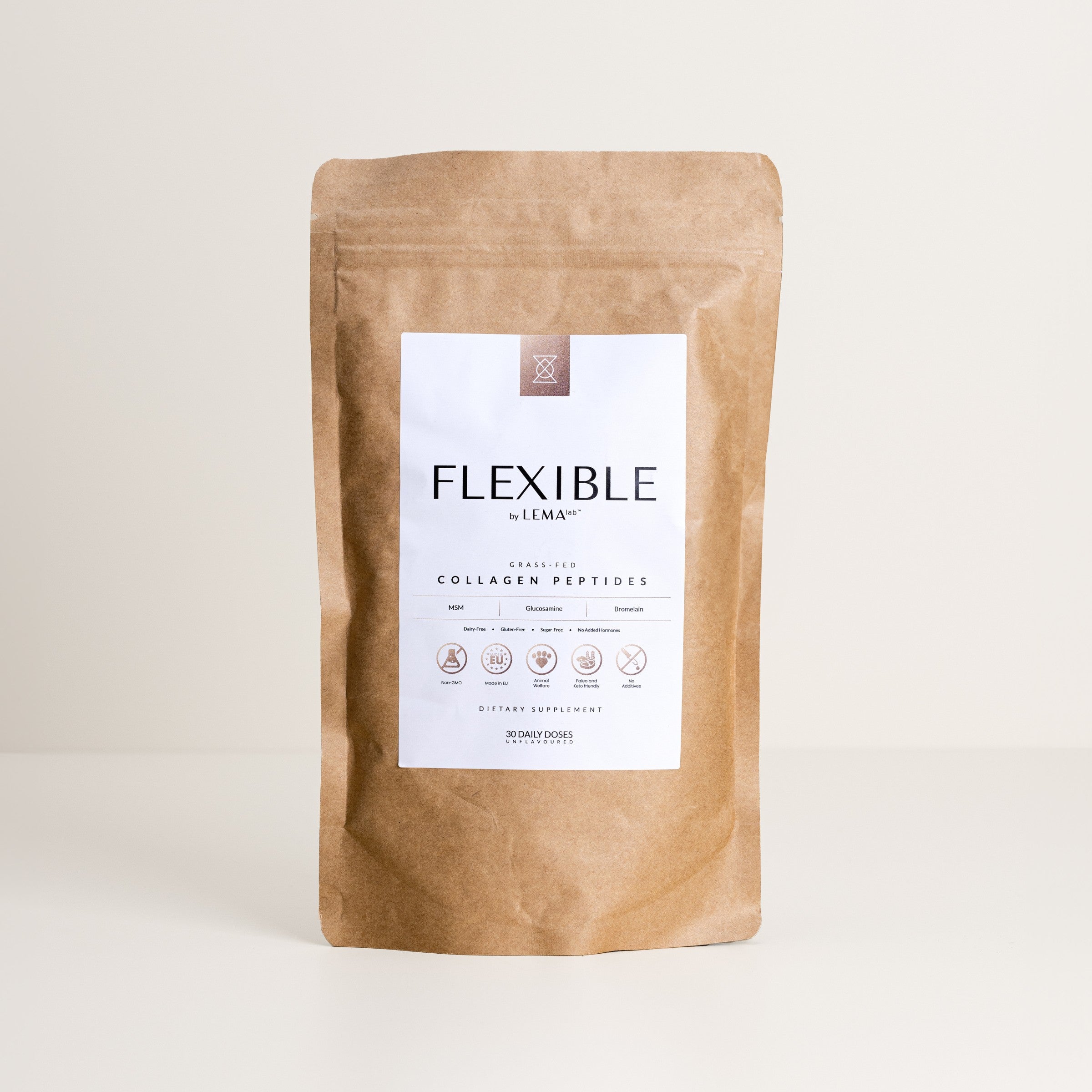
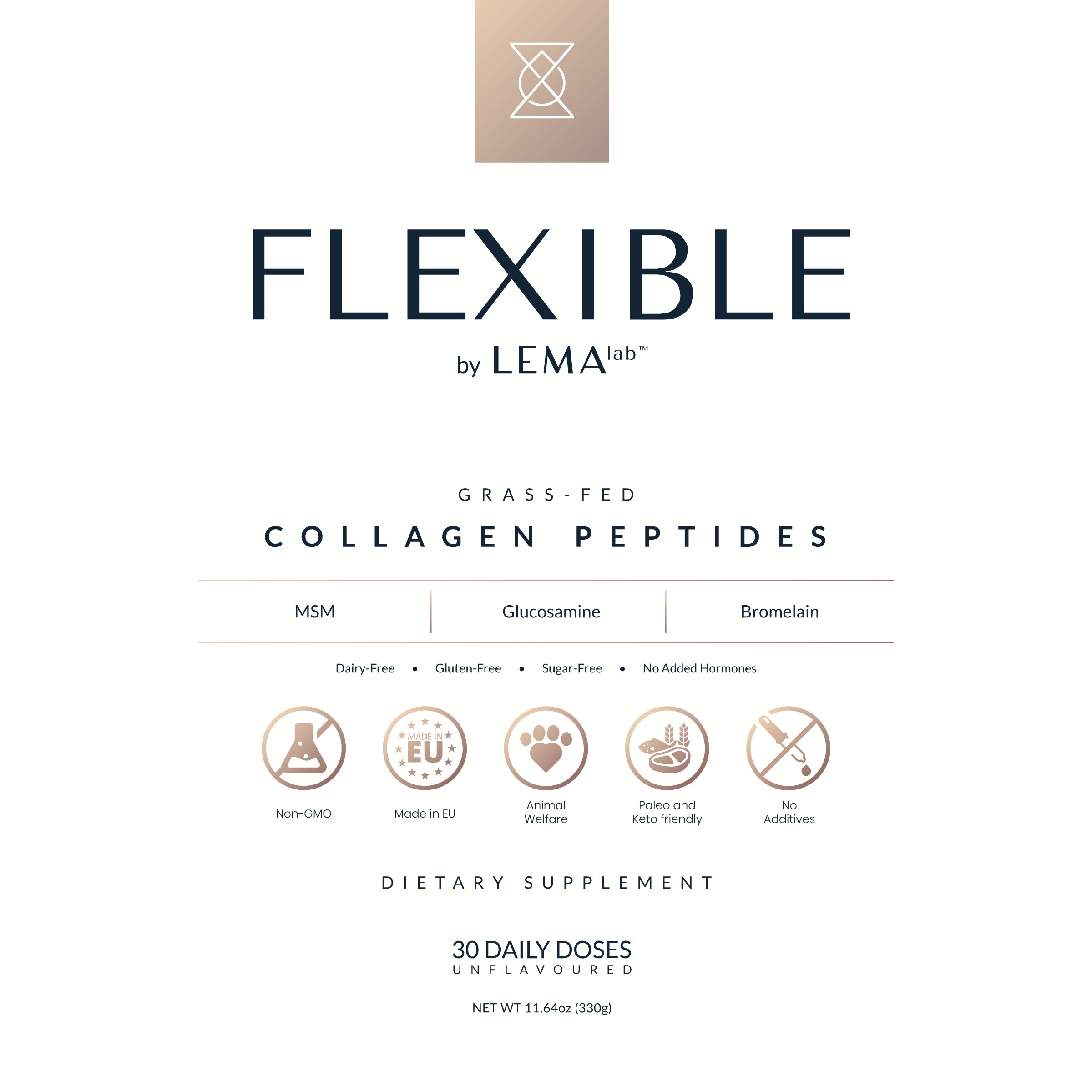
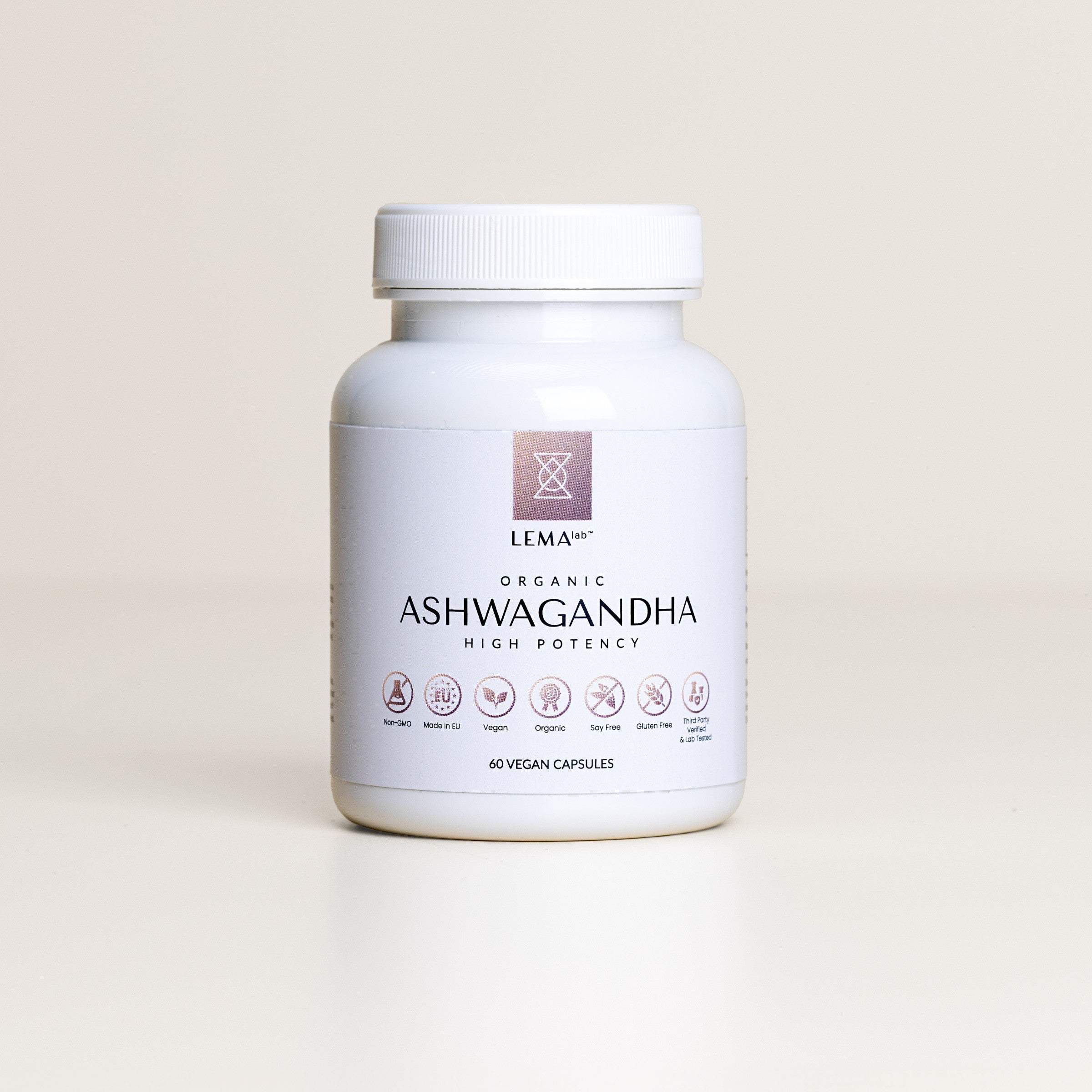

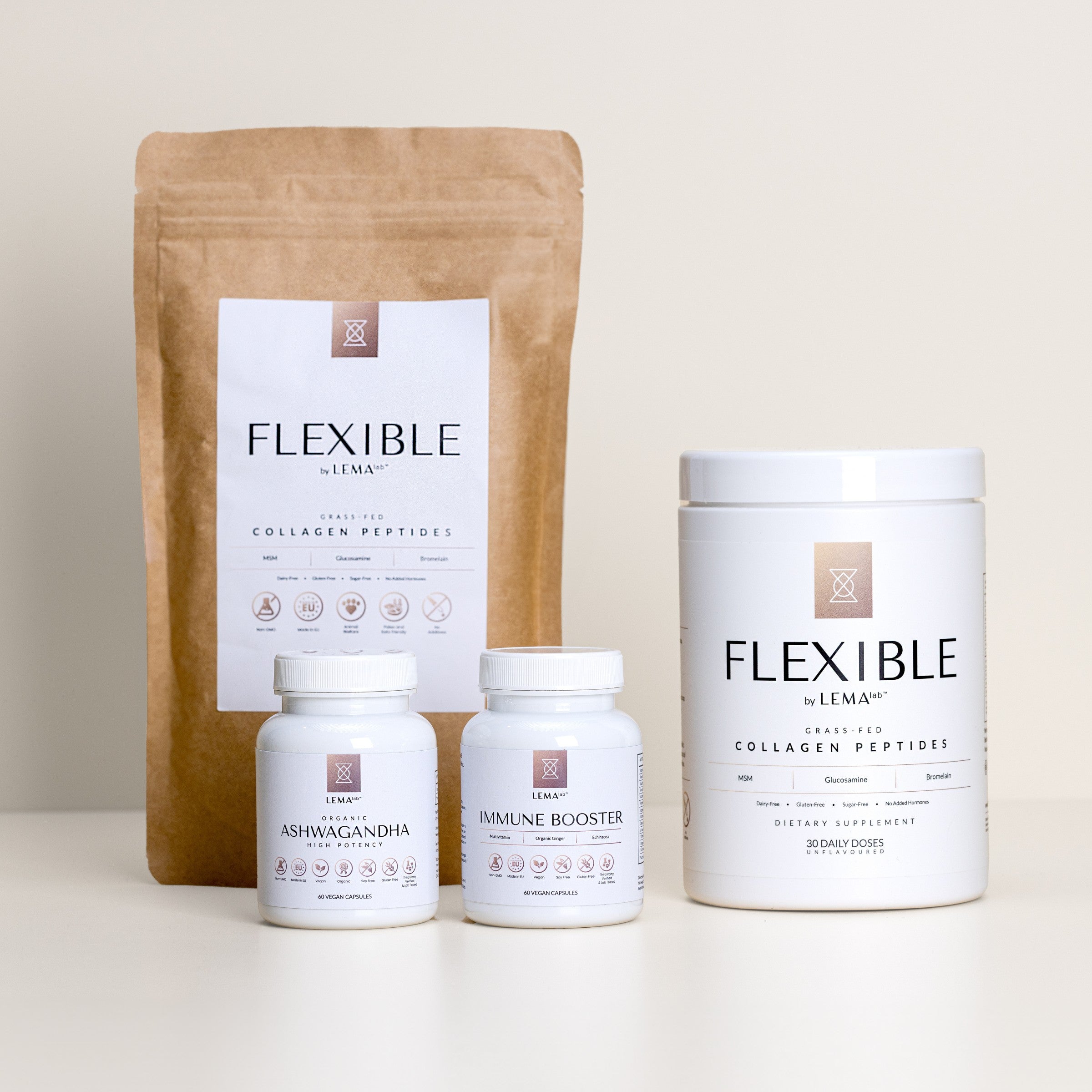
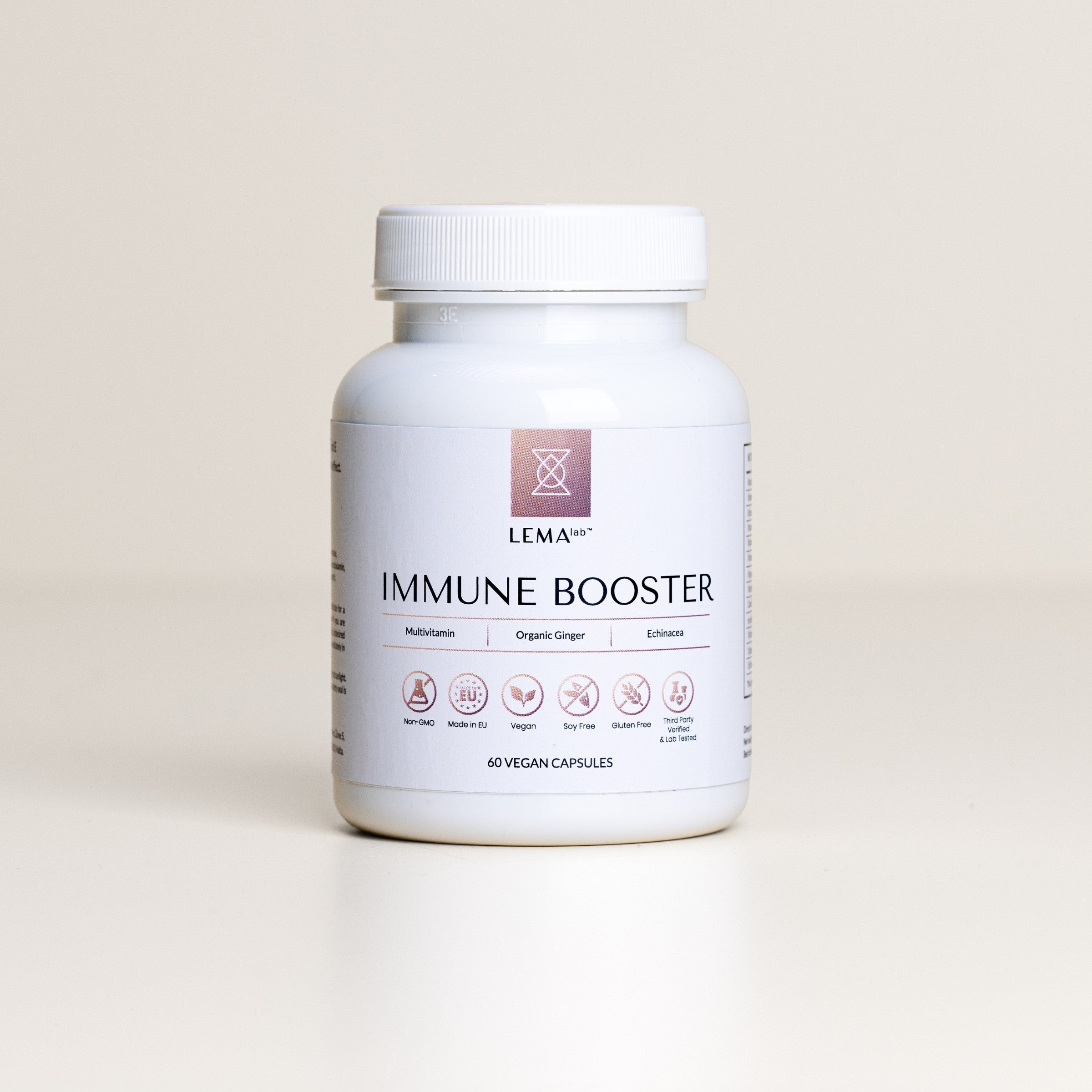
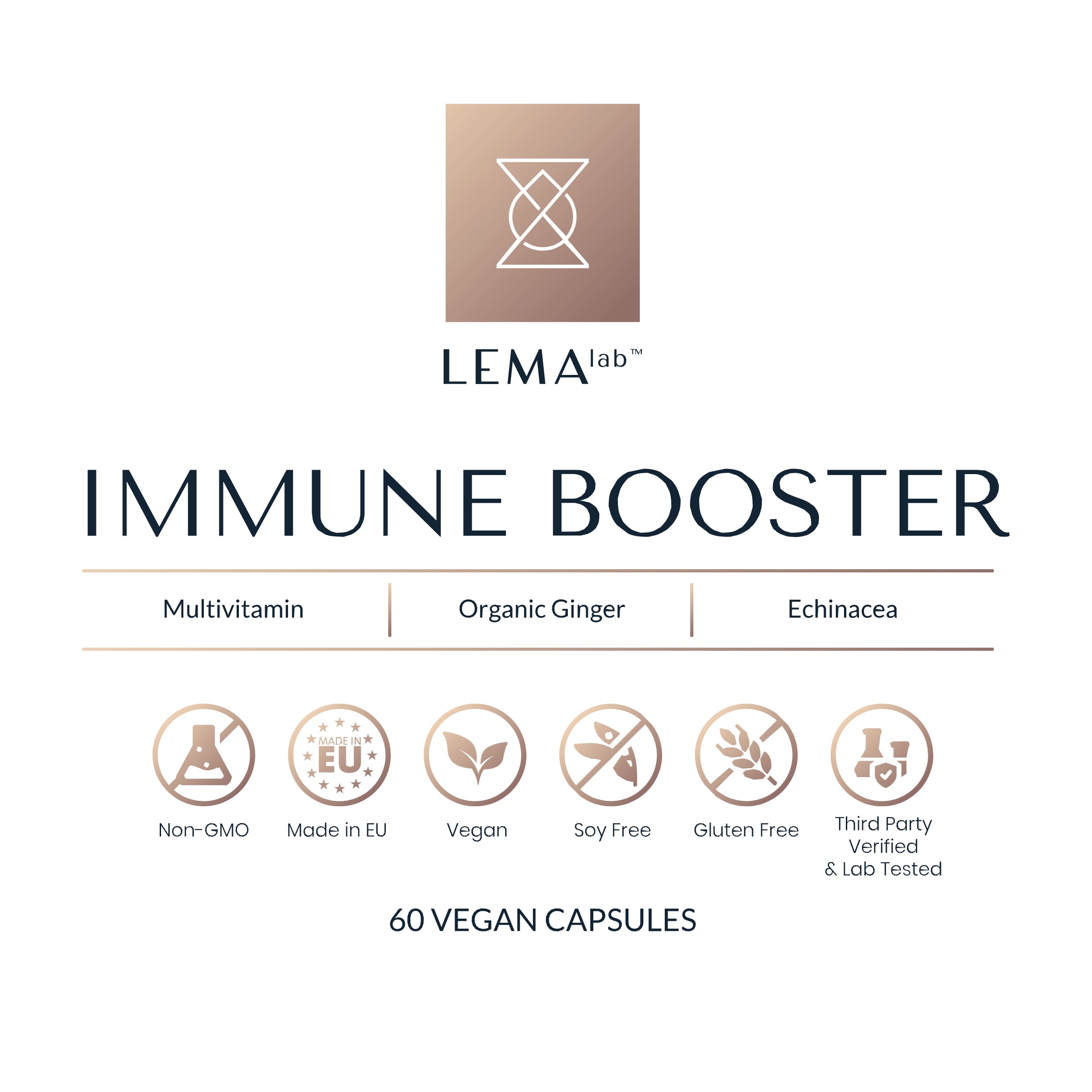
Leave a comment
This site is protected by hCaptcha and the hCaptcha Privacy Policy and Terms of Service apply.